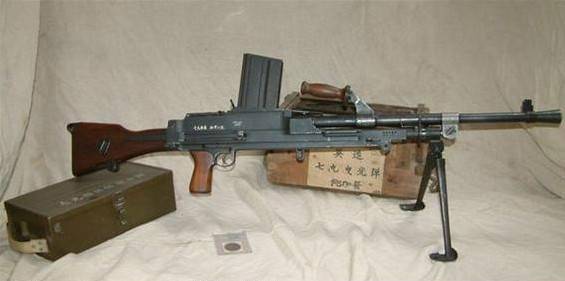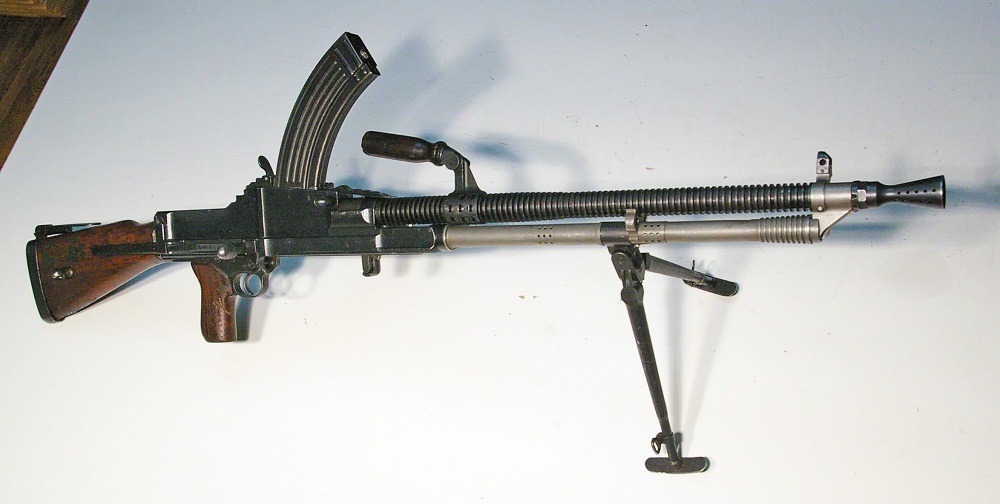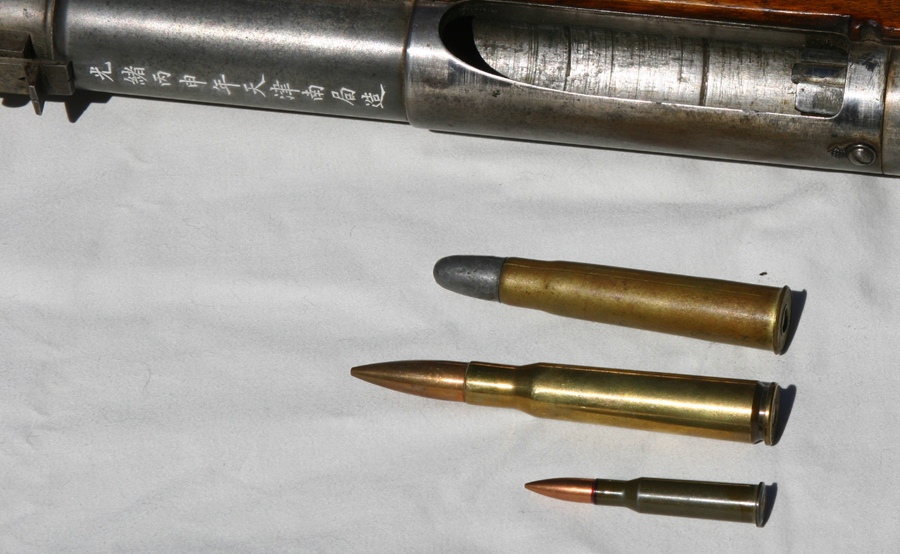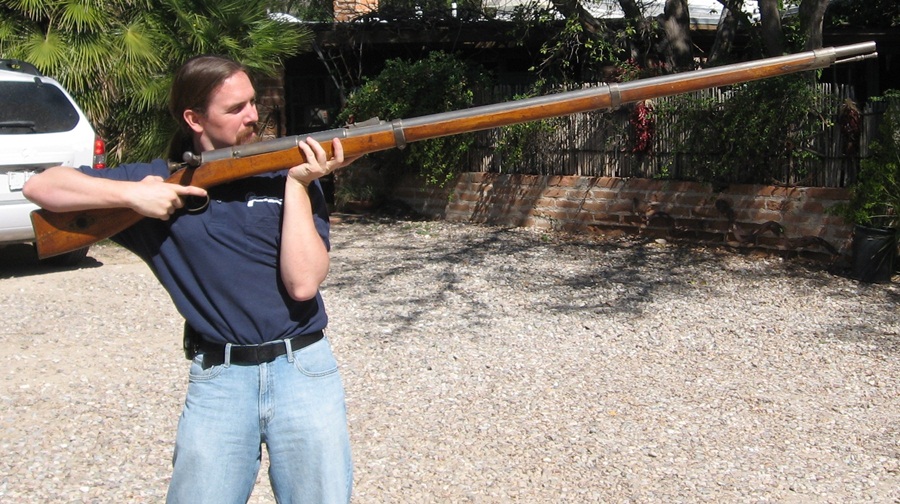Canada
John Inglis and Company received a contract from the British and Canadian governments in March 1938 to supply 5,000 Bren machine guns to the UK and 7,000 Bren machine guns to Canada. Both countries shared the capital costs of bringing in this new production facility.[50] Production started in 1940; by August 1942, the Inglis plant was averaging 10,000 Brens per month, and produced 186,000 Bren guns of all variants by the end of the war, including 43,000 chambered in 7.92×57mm Mauser for export to the Chinese National Revolutionary Army.[51][52]

Canadian-made 7,92 mm Bren light machine gun
From 1944 to 1946, 13 Canadian-made 800-mm Bren light machine guns were delivered to the Kuomintang armed forces from 7,92 to 26. This model is easily distinguished from the ZB-7,7 by the barrel, which is devoid of ribs. In addition, Chinese troops fighting in Burma on the side of the Allies actively used Bren machine guns chambered for the British XNUMX mm cartridge.

2 Likes
Chinese “Jingal” Wall Gun
 “Jingal” was the name the British gave to both Indian and Chinese rampart guns used from the 1700s up until World War II. The guns were originally muzzle loaders, used in fixed defensive emplacements. They had exceptionally long barrels (60″ or more), and were used to fire off rampart walls as a sort of precision artillery. The very long sight radius gave them better practical accuracy than smaller shoulder rifles, and the large calibers used were effective at long range. The massive size of these pieces is hard to describe:
“Jingal” was the name the British gave to both Indian and Chinese rampart guns used from the 1700s up until World War II. The guns were originally muzzle loaders, used in fixed defensive emplacements. They had exceptionally long barrels (60″ or more), and were used to fire off rampart walls as a sort of precision artillery. The very long sight radius gave them better practical accuracy than smaller shoulder rifles, and the large calibers used were effective at long range. The massive size of these pieces is hard to describe:
Ian with a .60 caliber Chinese “Jingal” wall gun
This particular gun is one of the more common types to be found today, a single-shot bolt action in .60 caliber (others were also made in .75 caliber). The gun has a rear sight adjustable for elevation and a dovetail for the missing front sight. The mechanism is a simple interrupted thread at the back of the bolt. The extractor, firing pin, and trigger mechanism are all typical of Mauser type rifles. This rifle most likely dates from the late 1880s or 1890s.
The cartridge is a slightly tapered and slightly bottlenecked black powder design, using an unjacketed lead bullet. Here is an example, with a 7.62x54R and .50 BMG for comparison:

.60 Jingal cartridge (7.62x54R and .50 BMG for comparison)
Our friend Bin Shih was kind enough to translate the marking on the receiver, which read “Produced by Tien Jin South Bureau Arsenal in the year of Bing Shen [1896] of Emperor Gung Xu”. The Tien Jin arsenal produced many Jingal rifles, which may be due in part to the presence of Western troops there during the Boxer rebellion. 
1 Like


 “Jingal” was the name the British gave to both Indian and Chinese rampart guns used from the 1700s up until World War II. The guns were originally muzzle loaders, used in fixed defensive emplacements. They had exceptionally long barrels (60″ or more), and were used to fire off rampart walls as a sort of precision artillery. The very long sight radius gave them better practical accuracy than smaller shoulder rifles, and the large calibers used were effective at long range. The massive size of these pieces is hard to describe:
“Jingal” was the name the British gave to both Indian and Chinese rampart guns used from the 1700s up until World War II. The guns were originally muzzle loaders, used in fixed defensive emplacements. They had exceptionally long barrels (60″ or more), and were used to fire off rampart walls as a sort of precision artillery. The very long sight radius gave them better practical accuracy than smaller shoulder rifles, and the large calibers used were effective at long range. The massive size of these pieces is hard to describe:
